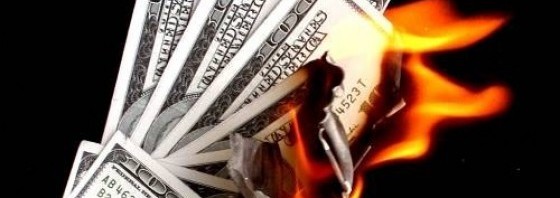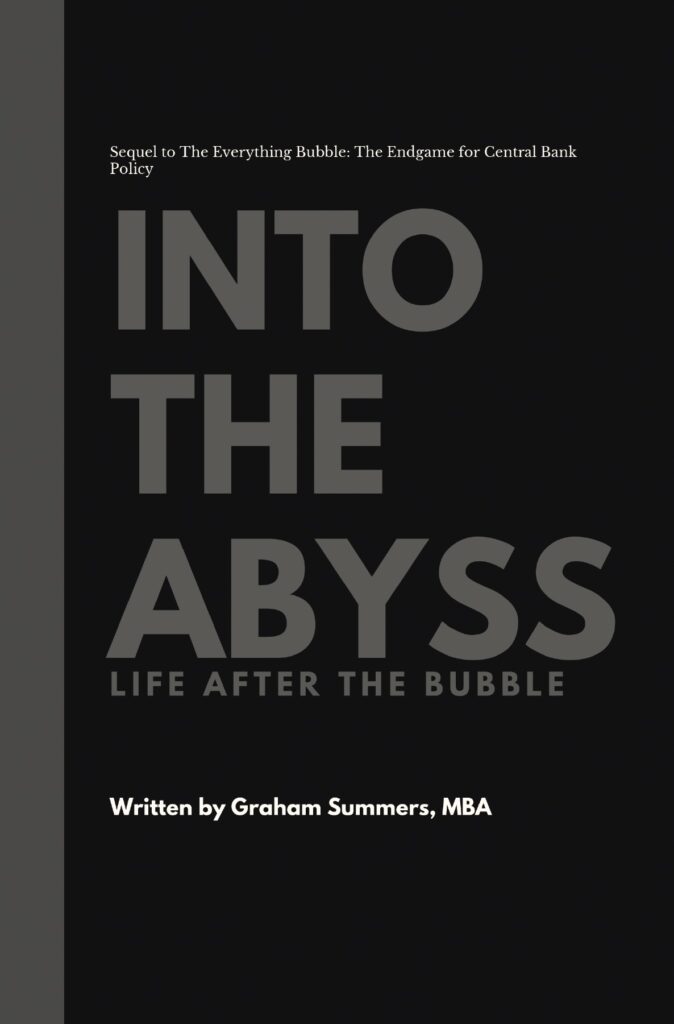Stocks have rallied over the last 10 days in part by ECB President Mario Draghi’s statement that if push comes to shove, the ECB will push interest rates even further into negative territory (NIRP).
This represents just another round in the War on Cash, first implemented by the Central Banks in 2008.
It’s a little known fact that the cause for the gut-wrenching collapsing in late September-October 2008 was due to a significant portion of investors trying to move their money out of money market funds.
A money market fund takes investors’ cash and plunks it into short-term highly liquid debt and credit securities. These funds are meant to offer investors a return on their cash, while being extremely liquid (meaning investors can pull their money at any time).
This works great in theory… but when $500 billion in money was being pulled (roughly 24% of the entire market) in the span of four weeks, the truth of the financial system was quickly laid bare: that digital money is not in fact safe.
Remember, the bulk of money in the financial system is digital.
- The total currency (actual cash in the form of bills and coins) in the US financial system is a little over $1.36 trillion.
- When you include digital money sitting in short-term accounts and long-term accounts then you’re talking about roughly $10 trillion in “money” in the financial system.
- In contrast, the money in the US stock market (equity shares in publicly traded companies) is over $20 trillion in size.
- The US bond market (money that has been lent to corporations, municipal Governments, State Governments, and the Federal Government) is almost twice this at $38 trillion.
- Total Credit Market Instruments (mortgages, collateralized debt obligations, junk bonds, commercial paper and other digitally-based “money” that is based on debt) is even larger $58.7 trillion.
- Unregulated over the counter derivatives traded between the big banks and corporations is north of $220 trillion.
The Central Banks like it this way because they can regulate and control digital money much more easily than physical money. Moreover, as the 2008 money market fund collapse revealed, if a significant percentage of investors ever moved to shift their wealth into physical cash it could implode the financial system.
For this reason, the Central Banks are slowly pushing to implement reforms that will either tax physical cash or ban it all together.
The first round of this involved implementing NIRP (negative interest rate policy), which is a form of stealth tax as it charges depositors for sitting in cash.
However, things are getting more aggressive. France just banned any transaction over €1,000 Euros from using physical cash. Spain has already banned transactions over €2,500. Uruguay has banned transactions over $5,000.
Aside from actually banning physical cash, some public services are no longer accepting cash as payments.
Last summer, London buses stopped accepting money. To pay your fare, you now have to wave either a prepaid Transport for London Oyster card or a contactless payment bank card at a receiver. For some, not having to dig out a handful of coins is a welcome relief.
Source: Bloomberg View
Make no mistake, the War on Cash is very real. And it’s unfolding before our very eyes.
Indeed, we’ve uncovered a secret document outlining how the Feds plan to take hold of savings during the next round of the crisis to stop individuals from getting their money out.
We detail this paper and outline three investment strategies you can implement right now to protect your capital from this sinister plan in our Special Report
Survive the Fed’s War on Cash.
We are making 1,000 copies available for FREE the general public.
To pick up yours, swing by….
http://www.phoenixcapitalmarketing.com/cash.html
Best Regards
Phoenix Capital Research







